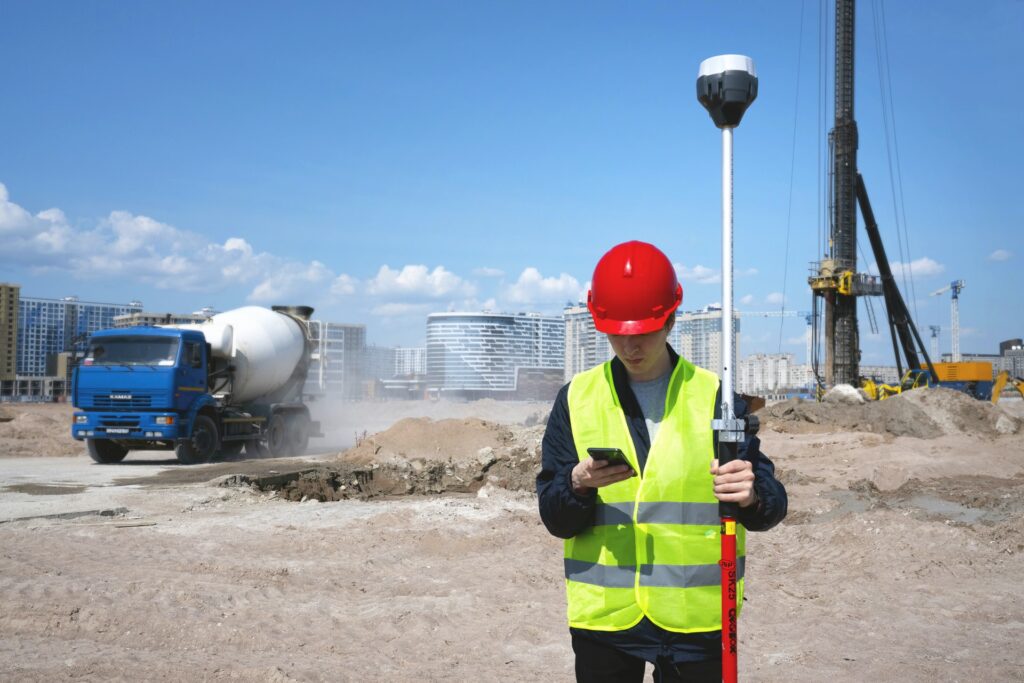
Top 7 Commercial Real Estate Trends of 2022
When the COVID-19 pandemic began, the commercial real estate industry was immediately affected. While there have been several positive changes since that time, there has also been a high level of uncertainty about what the industry would look like once the pandemic started to lessen in severity. Along with a certain amount of market disruption, the pandemic caused internal processes to be streamlined and PropTech to become widely adopted.
Because of these changes, firms have been tasked with responding to a quicker-paced landscape. There are new commercial real estate trends that these firms must handle. In 2021, the commercial real estate industry was able to significantly increase capital. However, inflation and stock market volatility in 2022 have presented additional challenges.
Even though some uncertainty remains in the commercial real estate industry, some of the changes that occurred after the COVID-19 pandemic have become lasting trends. For instance, commercial real estate is still effective when used as a hedge against inflation. The commercial real estate markets that have been affected the most include retail and eCommerce. The increasing importance of eCommerce means that traditional businesses have higher credit risk when attempting to lease space in a commercial property.
If you’d rather construct a commercial building instead of leasing one, you can find more information about what this process entails with this construction permit guide. This article details seven of the most important real estate trends of 2022.

7. Multifamily Recovery
Multifamily properties have become highly popular investments because of the ability to use these properties for commercial purposes. Vacancies in multifamily properties were situated at just 4.7% during the third quarter of 2021, which matches the vacancy levels that were seen shortly before the pandemic begun. Keep in mind that commercial multifamily properties involve any property that contains more than five units.
6. Effects of Ecommerce
The eCommerce industry has had a notable effect on commercial buildings and the number of buildings that have been constructed since the pandemic began. Once businesses started to close down and most people remained inside, using the internet to make purchases became even more widespread, which resulted in the eCommerce industry seeing rapid growth over the past couple years.
Because of the rising need for eCommerce solutions and the reduced amount of in-person shopping, the eCommerce industry has negatively impacted the brick-and-mortar retail industry. However, the effects have not been as damaging as anticipated. The majority of people continue to look forward to making in-store purchases, going to the movies, and eating at restaurants. In fact, retail vacancy rates dropped from 4.8% in the final quarter of 2021 to 4.7% in the first quarter of 2022, which indicates a slight improvement. This trend should continue in the next few quarters.

5. Hybrid Work is Here to Stay
Even though businesses reopened quite some time ago, it’s clear that hybrid work is here to stay. When businesses first shut down in 2020, most workers throughout the U.S. were tasked with completing work from home. While many workers have returned to their offices, a considerable percentage of employees found that they were more productive when working out of a home office.
Regardless of the industry, many employers are choosing to embrace hybrid work by providing employees with options. These options have caused some employees to take a combined work from home and in office approach, which means that the employee spends several days working from home and a couple days in the office each week.
Keep in mind that the majority of tech giants like Microsoft and Apple are providing employees with the opportunity to work from home 100% of the time. However, these businesses are still leasing and purchasing office properties throughout U.S. cities, which means that the office real estate market shouldn’t be damaged too much in the short-term.
4. PropTech
Another trend that appears as though it’s here to stay involves PropTech, which is a more innovative approach to commercial real estate that involves using technology to optimize the process of researching, buying, renting, managing, or selling a property. The goal of PropTech is to make the entire commercial real estate industry more efficient, manner, and considerably easier to navigate.
To understand just how much growth the PropTech industry has garnered as of late, real estate technology companies were able to raise upwards of $21 billion in 2021 by providing capabilities like embedded finance, digital property management solutions, and home improvement software. While the commercial real estate industry has used technology for many years, the high use of PropTech in commercial real estate only began in earnest following the onset of the COVID-19 pandemic.
PropTech is being widely adopted in part because of the rapid transition over to remote work that many business have made over the past two years. Because of the need to collaborate in remote environments, most commercial real estate businesses have moved to the cloud and have focused on expanding their digital capabilities.
Among the most notable changes that has occurred as a result of the PropTech popularity is the the ability to obtain better data visibility, which allows for quicker and more precise decisions to be made. By having immediate access to standardized data, investors are able to obtain strategic insights at a pace that’s much faster than would be possible with traditional techniques like Excel.

3. Industrial and Warehouse Properties Popularity and Occupancy
One issue that will likely remain throughout 2022 and beyond is the rise of eCommerce sales. Many existing retailers have responded to this issue by converting sales floor space that they don’t require into distribution and warehouse space. The need for more warehouse and industrial space is reflected in current market conditions.
Throughout Southern California, there isn’t enough available land that has been zoned for industrial uses. Because of the high demand, availability has dropped considerably, which has resulted in the costs associated with industrial purchases and leases rising rapidly.
Vacancy rates for industrial and warehouse space throughout California have dropped by a high amount over the past year. In Los Angeles alone, vacancy rates were at 1.1% in the final quarter of 2021, which is down from 2.7% just one year before. Many of the properties that are available on the market have become obsolete, which reduces available warehouse space even more.
Despite the challenges that arise when attempting to find new warehouse and industrial space, many retailers have taken steps to convert sales space into warehouse space to account for the immense popularity of the eCommerce industry. Online sales continue to increase, which is why businesses must have enough distribution and warehouse centers to accommodate this demand. These trends should continue throughout the remainder of 2022 and into 2023 as brick-and-mortal retail space becomes less important.
2. Retail Sector Resilience
Even though many retailers have converted sales floor space into warehouse space, the retail sector has shown strong resilience to the market fluctuations caused by the COVID-19 pandemic. While the retail sector was initially hurt in the immediate aftermath of the pandemic, it has continually improved since that time.
In San Diego, retail spaces had a vacancy rate of just under 5% at the end of 2021, which was slightly up from the previous year. While retailer companies have been tasked with managing supply chain issues, worldwide retail sales increased by more than 5% from 2021 to 2022, which indicates that consumers are still buying more products than ever.
Despite the rise in eCommerce, the retail industry is expected to continue rebounding from the uncertainty that the pandemic brought about. In fact, it’s believed that eCommerce will slow down over the next few years.

1. Electronic Payment Technology Upgrades
The commercial real estate industry is also expected to make electronic payment technology upgrades throughout 2022. The adoption of electronic payment methods has grown consistently since the beginning of the COVID-19 pandemic. In fact, the usage of online payment portals has grown by upwards of 180% from 2019 to 2021 because of the number of people who are making electronic rent payments. While the first two years of the pandemic caused many businesses to adopt electronic payment technology for the first time, the rest of 2022 should center around making upgrades and enhancements to this technology.
Property managers and tenants alike are looking to payment tools that simplify and improve the rental transaction process. The shutdowns that occurred at the beginning of the pandemic highlighted the issues that come with using manual payment techniques for individuals and businesses. The types of electronic payment upgrades that a commercial real estate firm could look into include:
- Adding extra payment options
- Making sure that compatibility is maintained across devices
- Taking advantage of QR codes for payments
- Implementing biometric authentication
- Offering password-less authentication
While the COVID-19 pandemic introduced a considerable amount of uncertainty to the entire industry in 2020 and 2021, much of this uncertainty has dissipated in 2022 and has given way to a better understanding of how the industry can continue to grow and thrive in the years to come. Even though retail sales space has become less important in recent months, distribution and warehouse space is essential for practically every company that aims to sell products. From the wide adoption of PropTech to the need for electronic payment upgrades, there are many commercial real estate trends that firms must take into account.

Jason Somers, President & Founder of Crest Real Estate
With over 15 years of professional experience in the Los Angeles luxury real estate market, Jason Somers has the background, judgement and track record to provide an unparalleled level of real estate services. His widespread knowledge helps clients identify and acquire income producing properties and value-ad development opportunities.
Learn more about Jason Somers or contact us.



